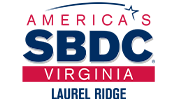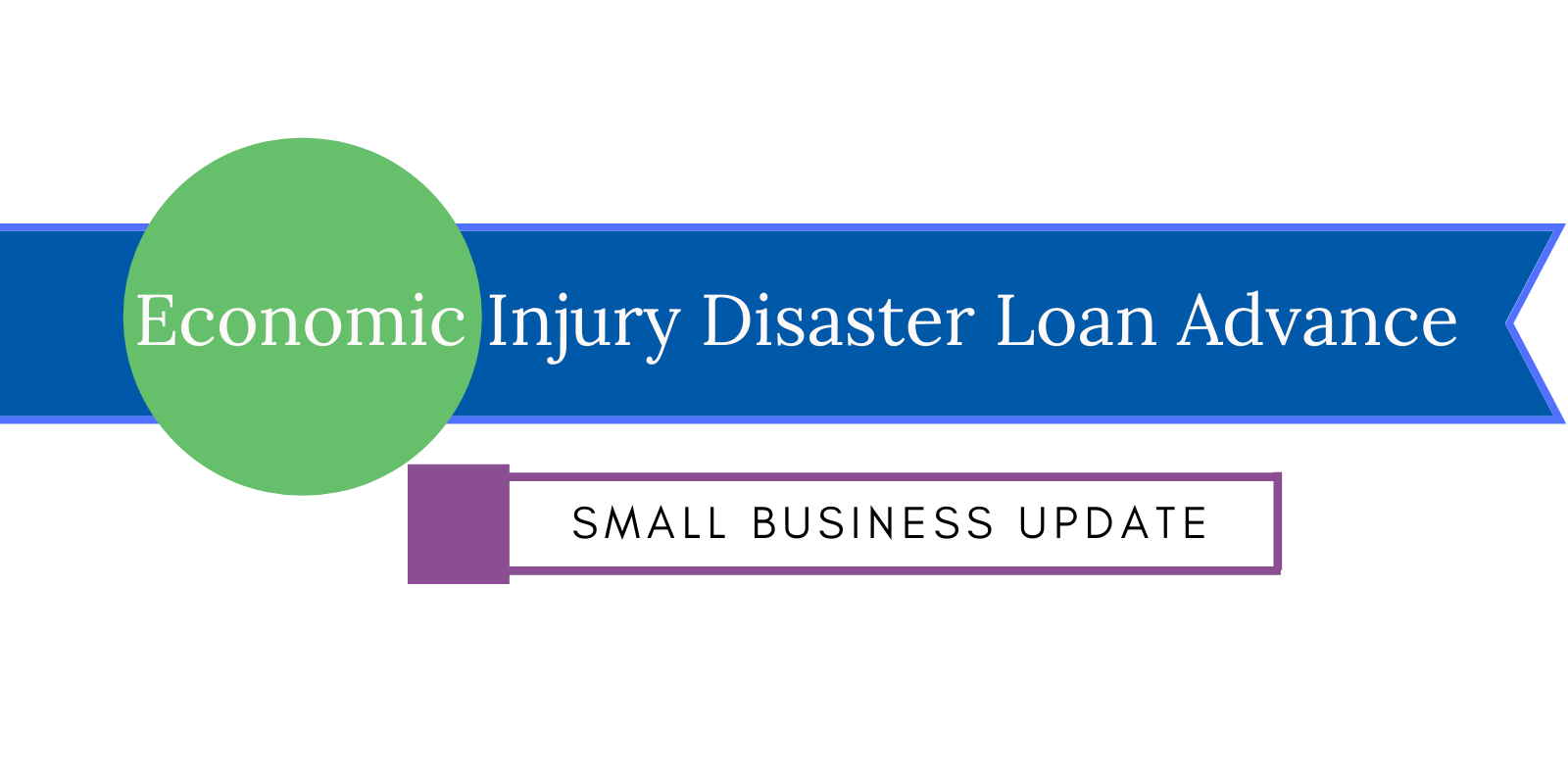How do you eat an elephant? As the adage goes, bite by bite. This works when you think a problem is too big to manage all at once, but it also makes a great deal of sense when it comes to local eCommerce strategy.
Consider the probability of any eCommerce startup skyrocketing to “unicorn” status. These usually require millions of dollars in angel and venture capital, and even then the vast majority of eCommerce shops fail early (90% in the first few months) and even after a year in business (it stands at around 78%) . Do you know what one component most of these eCommerce sites are missing?
Focus.
And, more specifically, localization. Localization is important to eCommerce, because people like to do business with businesses that are near them for a variety of reasons. These include familiarity, convenience, better customer service, loyalty, and trust. Further, there is a strong Shop Local movement happening, which has made consumers more conscious and conscientious about shopping local even when they’re shopping on the Web.
eCommerce Website Sales Strategy
While having a website is fundamental to business visibility today, it’s important that business owners recognize the value of a website’s connection to sales.
Websites are where sales happen online today. So, why would a business website not have some ability to display products or services, and take payments? (If the COVID-19 pandemic has taught us nothing else, it’s that it’s vital to be able to reach customers and continue to transact business online in the face of dynamic circumstances.)
So, we start with a sales strategy and then we build an eCommerce website to support its purposes. What are you selling? And, how does the website fit the needs to sell it/them?
Moreover, much of the past two decades’ worth of marketing research demonstrates that the supermajority of your sales will come from consumers within a five-mile radius. Google noticed this with consumers performing local searches and purchasing via mobile ads, and it biases search results in Google’s Local Search to around that same distance.
Businesses that have a great eCommerce presence can capture the 70+% of local searchers who go to a business’s website standing outside the store. If a potential customer finds what they need on your website, even if they don’t buy on the eCommerce website, they are likely to enter the physical store and purchase from you. This cannot be underscored enough times.
Online shopping promotes physical retail, and supports physical retail when it’s not possible or as a convenience to the customer. Local eCommerce is the best thing to happen to local commerce. All it takes is understanding this premise when building your website strategy. And, so, what should your website strategy look like?
Email Is Important
At the heart of every eCommerce website marketing strategy is email. It’s the stitching that holds together the fabric of online sales. From email marketing newsletters to email sales funnels and emailed receipts with requests for reviews.
Some questions to consider in building your local eCommerce email marketing:
- How will you generate leads to capture their emails?
- Where does email marketing (i.e., promotional, relational and transactional messages) fit into your overall business strategy?
Which email marketing service provider has all the features you need at the price you can afford?
To learn more, check out this article on small business email marketing strategy.
Mobile Is Dominant
If it wasn’t already apparent, people are using mobile phones more than ever and it’s driving sales. Whether it’s for researching online to buy offline (ROBO buyers) or for safety, convenience, or loyalty to a brand, mobile arguably has a hand in almost every sale happening online today.
- Some questions to consider in building your mobile marketing:
- Is your website mobile-optimized?
- Is your content “snackable” and organized for mobile reading?
- Back to email, how are you capturing leads through email capture on mobile?
- How are you connecting a mobile visitor to your products/services?
Learn more here about small business mobile marketing strategies.
Content Marketing & Advertising
While much ado has been made of social networks like Facebook, Instagram, Twitter, LinkedIn and Snapchat for its ability to get in front of potential customers. And, yes, they can get your business in front of many people. You need to create content on your local eCommerce site that is worth creating Social Media posts about, that drives visitors. And, while social networks like
your Social Media posts, you need to have a budget for advertising your best performing content to people beyond those who merely follow you.
If you want to excel in local eCommerce you need a mix of great content (in the form of blog posts, podcast episodes, or videos), Social Media posts that bring people to your site (organically and through social ads), and products and services on your website that can convert visitors.
Here are a few important questions to think about related to content marketing:
- What localized content do you need to produce to bring potential buyers to your local eCommerce website?
- How does your content marketing connect a potential buyer’s felt need or want to what you offer?
- Do you have a content calendar so that you can keep on top of creating enough of the right content?
- How will you measure the success of your content marketing efforts for your
eCommerce website?
Here is a great article on digging in deeper into small business content marketing.
Local Search Optimization: Local Schema, Hyper-
targeted Local Content, and Local Listing Directories
The last ingredient in local eCommerce strategies is far from the least important–local search optimization. Three different parts combined on and off the eCommerce website itself make up local search optimization: local schema, local content (hyper-targeted, preferably), and local listings.
Local Schema
Google (and the other search engines) use structured content (just like HTML), Schema markup, on local websites (including eCommerce sites) to display rich snippets to local searchers. Schema allows not only the business to get visibility on Google, but it also provides an ability to get specific content and products on your eCommerce site to be shown to more people by using it.
At the very least, your eCommerce site should display your name, local business address, local phone number, and hours of operation using the Schema markup. If your eCommerce website doesn’t have the functionality built into it, you can use Google’s Structured Data Markup Helper and Structured Data Testing Tool to add and test how your Schema looks on your site.
Also, if you have a product catalog in your eCommerce site, you will want to push the product feed into Google Shopping.
Hyper-Targeted Local Content
Next, you can create a volume of local content that is great for Google without much more work than generating the original content in the first place. This method requires you to create your base pages for your products and services. Then, you can identify all the localities and landmarks for which you’d like your product or service to appropriately rank on Google.
The tricky part is understanding how web pages are displayed to Google and website visitors versus those displayed in the menu navigation of the eCommerce site. For hyper-targeted local pages, you only care about Google seeing those pages and directing visitors to them, but they will not be displayed in your website’s navigation menu.
For example, you might have a “Men’s Haircuts” page on your local business website and people can book appointments and pay/tip online. But, if you have a hyper-targeted local page for every neighborhood that your hair salon business serves, you’ll rank better and gain more traffic. So, you might have pages that are duplicates of the main page but are modified (approximately 20% different than the original), such as “Men’s Haircuts on Main Street”, “Men’s Haircuts in Somewheresville” and “Men’s Haircuts in the Neighborhoodsname”. These pages will include content that highlights the locality and landmarks, and because they’re 20% different than the main page, Google will see them as different than the main page and they’ll rank well for when people type those local searches into Google.
Local Directory Listings
Finally, but just as powerful, it is important for local commerce and local eCommerce alike to take advantage of local directories. These are online business directories that can generate a good amount of traffic for savvy small business owners.
The most prominent today is Google My Business, but there are many others available (see the sites that Local Listing Ninja submits to as a service to get an idea about how many there are).
The important part is to keep the listings data (especially hours of operation and website details)
up-to-date, and with Google My Business, it provides a portal to post updates, offers, products
and services, and even eCommerce links (purchase, appointment/booking, online courses,
events, etc.).
Conclusion
eCommerce sites are tough to launch, so don’t you want to do it well enough so that it actually pays for itself and more? Use this eCommerce marketing framework to consider how your products/services are going to be positioned on the Local Web. Then, consider how your mobile-optimized website is going to handle your sales, what your email marketing is going to
do for you, what content marketing you’ll create and when/where you’ll distribute it, and then how you’ll optimize for Local Search.
When you do these things well, you have a local eCommerce website that has a chance of standing up to Big Box eCommerce and outpacing your competition.
Thanks to Ray Sidney-Smith, guest author of this post.

